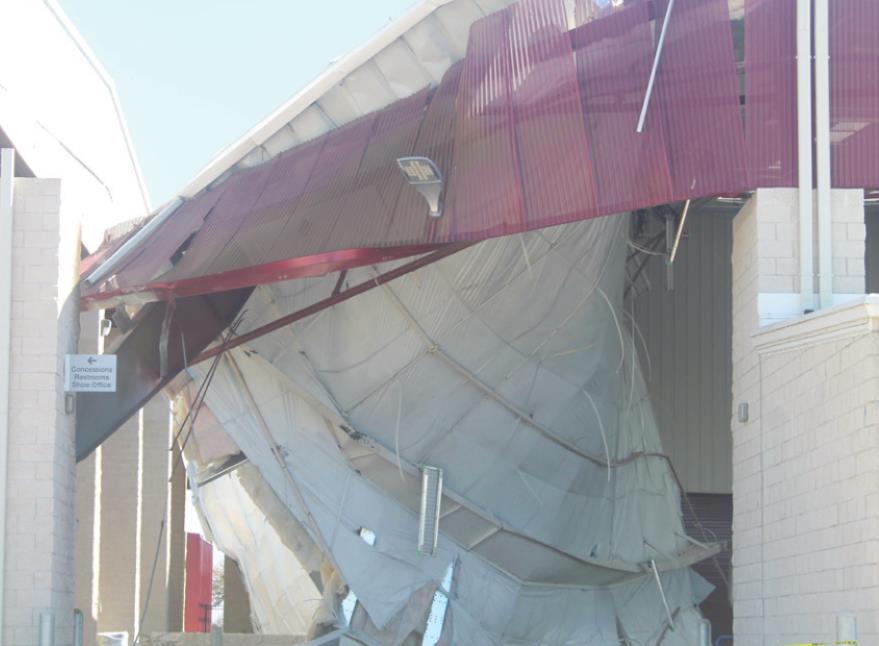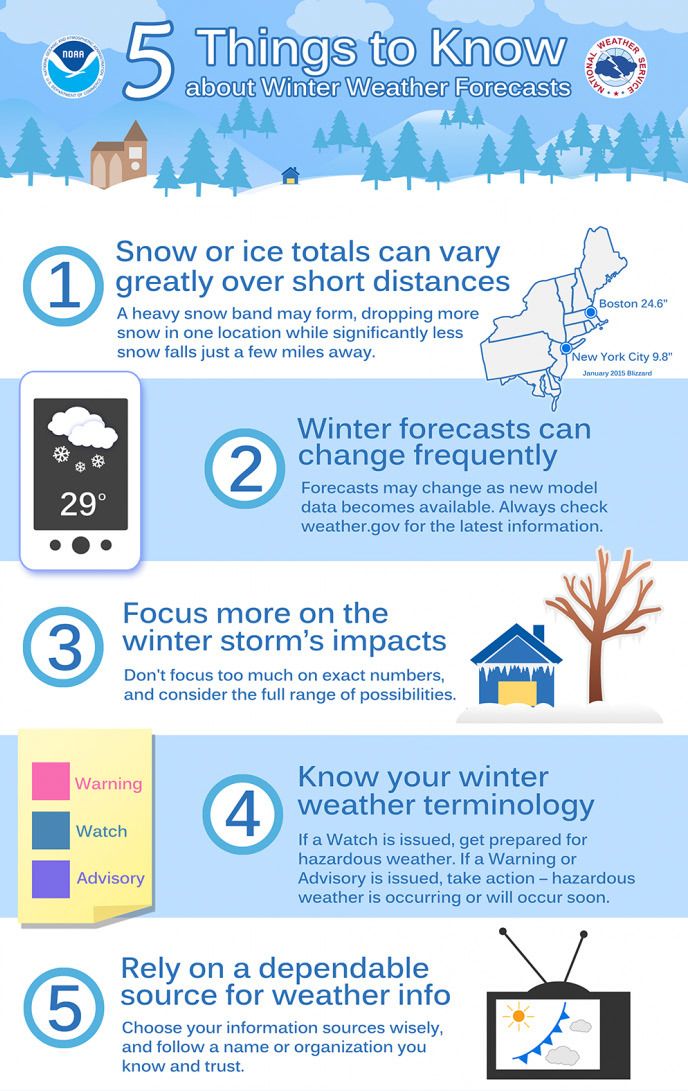TAYLOR — Next month marks three years since Winter Storm Uri crippled Texas, and the Taylor-based agency overseeing the state’s power grid says it is prepared for increased risks if there is another weather emergency.
Officials with the Electric Reliability Council of Texas also say they are better prepared than ever before to keep the power flowing. Meanwhile, city officials are gearing up for any potential disaster by adding resources.
Improved practices and tools allow ERCOT to be more ready for winter challenges, ERCOT CEO Pablo Vegas said during a Dec. 19 board meeting.
“While we have increased risk that we have to manage, we are also as well prepared as we have ever been to deal with those risks,” Vegas told a room full of ERCOT officials, Public Utility Commission of Texas representatives and reporters. “Both of those facts are true. Sometimes they can seem at odds with each other, but they are really two independent points that are both accurate and both reflect the state of where we are this winter season.”
The Texas Department of State Health Services has reported 246 people died in the February 2021 storm. Many deaths were from hypothermia, which can largely be attributed to the failure of the state’s power grid overseen by ERCOT since millions of Texans were left without electricity during the polar freeze.
Discussing this year’s potential winter challenges, the growing power demand by users causes added risks to the grid system, Vegas said. The grid’s peak demand during the winter season is in the mornings or later at night, compared to the afternoon and early evening in the summer, when the system faces its biggest strains.
While ERCOT can turn to solar energy during hot summer months, it has to do without the energy source when it’s needed the most during the cold periods in the dark.
On the other hand, he said improved practices and tools allow ERCOT to be more ready for winter challenges.
During the 87th Legislative session, which took place in the months following Uri, representatives passed a law that forces ERCOT to receive approval from the PUC before implementing rules.
The PUC oversees the state’s competitive utility markets and is led by five commissioners who are appointed by the governor and confirmed by the state Senate.
Locally, first responders and city leaders have been implementing practices for winter preparedness ever since Uri.
In Taylor, where ERCOT’s operations center is located, the City Council receives an update on winter preparedness every year. The presentation is by Fire Chief Daniel Baum, who goes over the after action report following the 2021 freeze.
Recommendations from the AAR include implementing a second water source to the city, improving coordination with utility providers and government agencies, adding generators, contracts for items, adding four-wheel drive vehicles in the fleet and improvements to the water meters.
Baum said some of the recommendations, such as adding more sources of water, have already been achieved while others are still in the works.
Implementation for six new generators has been ready for about a year, but the fire chief said they are waiting on a grant.
While the city is getting ready for adverse weather, Baum said individuals also need to be responsible.
“We continue to stress to the community to be self-sufficient for 72 hours,” Baum said. “Generally, after that period of time things are coming online and resources are available. We all have the individual responsibility to sustain ourselves for at least a short period of time.”

This current winter season, consisting of December, January and February, was expected to have normal to above-normal temperatures for most of Texas, according to a November forecast.
The normal winter weather prediction was collected by averaging out temperatures over the three-month period.
Chris Coleman, ERCOT’s chief meteorologist, said in December the current El Niño conditions reached the “strong” threshold in August and will remain throughout the winter.
Coleman has documented every El Niño winter and how it ranked among other Texas cold periods in terms of temperature since 1951. The results are mixed, but he added the state generally has had warmer winters during El Niños in the last couple of decades.
“Most recently, dating back to the early ‘90s, most of those El Niño winters have been warm,” Coleman said. “But then prior to the ‘90s, most of the El Niños actually resulted in a cold winter for Texas. The coldest winter since 2001 actually occurred during an El Niño and that was the 2009-2010 winter.”
Although he predicts the season to not be below average temperatures as a whole, Coleman does not rule out periods of frigid weather. He said winter weather is much more volatile than summer, with temperatures able to change drastically within short timeframes.
He points to a three-day period in December 2022, which saw temperatures in the Austin area fall to 15 degrees as an example of extreme cold temperatures in a warm winter.
“That was our second coldest period since December 1989, this last December before Christmas,” Coleman said. “And we had the sixth warmest winter on record for the state. So whenever I give a seasonal forecast, especially for winter, … you always have to take each winter with the approach that an extreme event could occur.”
Vegas said weather forecasts from staff meteorologists help ERCOT officials coordinate long-term plans with market participants.
In addition, Vegas said the power grid operator has added many different winter preparations and improvements since 2021.
First, ERCOT has updated inspections of generation and transmission facilities with more rigorous requirements for the 2023-2024 winter. The CEO said ERCOT has completed inspections for 1,500 facilities in the last two years.
ERCOT officials also enhanced the grid with scheduled maintenance periods, new contingencies and more transparent communication.
 “I do want to emphasize that there is a lot of work that has gone into winter preparedness this season,” Vegas said. “We are in as good of a position as we have ever been to deal with the challenges that a winter season can bring.”
“I do want to emphasize that there is a lot of work that has gone into winter preparedness this season,” Vegas said. “We are in as good of a position as we have ever been to deal with the challenges that a winter season can bring.”
One method of grid improvements performed by ERCOT, the ERCOT Contingency Reserve Service, has been criticized as being expensive by an independent market monitor.
Potomac Economics estimated that ERCS, a new daily procured ancillary service that essentially seeks to help balance the next day’s supply and demand, potentially adds $12.5 billion to the market costs.
ERCOT officials have criticized that amount, claiming that the numbers were “absolutely false” and that consumers did not pay that cost.
Potomac Economics described the sentiment as “disappointing,” stating the independent market monitor has always described the $12.5 billion figure as wholesale costs, not consumer costs.
“In the short-term, consumers are partially protected from these costs by hedges and other contract suppliers have to serve the customers,” a Potomac Economics statement said. “However, experts know that efficient wholesale prices are essential because they drive the prices for these hedges.”
ERCOT submitted a request for proposal to its stakeholders in October to add an additional 3,000 megawatts in operating reserves to prepare for the winter season.
The request stemmed from a resource adequacy analysis brought out by one of ERCOT’s new methods. They now put together a Monthly Outlook for Resource Adequacy, or MORA, which presents an overall assessment for an upcoming month.
The MORA report will be released two months prior to each reporting month. Previously, this report was produced seasonally.
However, ERCOT canceled the request in November after only receiving three offers for 11.1 megawatts of potentially eligible capacity.
The offered capacity would have only been enough to power around 2,220 homes during peak periods of demand when ERCOT was hoping for enough to power 600,000 residences.
Despite the failure, ERCOT does not project emergency conditions this winter and expects to have adequate resources to meet demand.
“It was a great learning opportunity,” Vegas said. “I still believe, and the ERCOT market still believes, that there is a significant amount of demand response that potentially could be quantified and captured over time.”

.JPG)






Comment
Comments